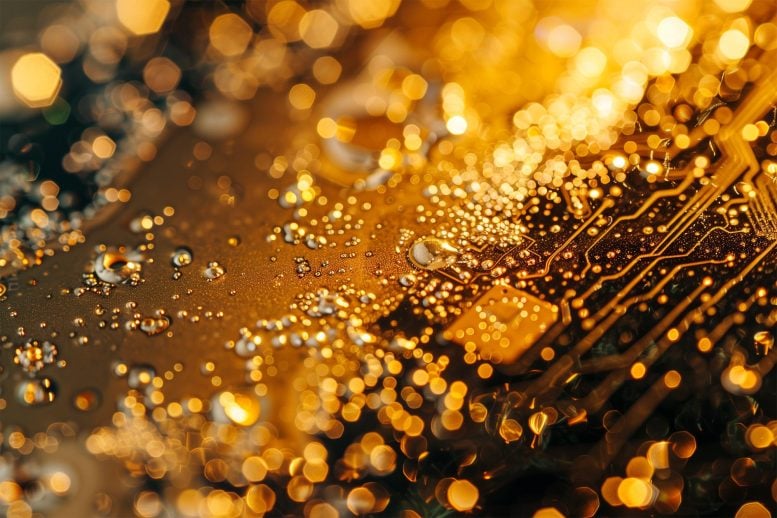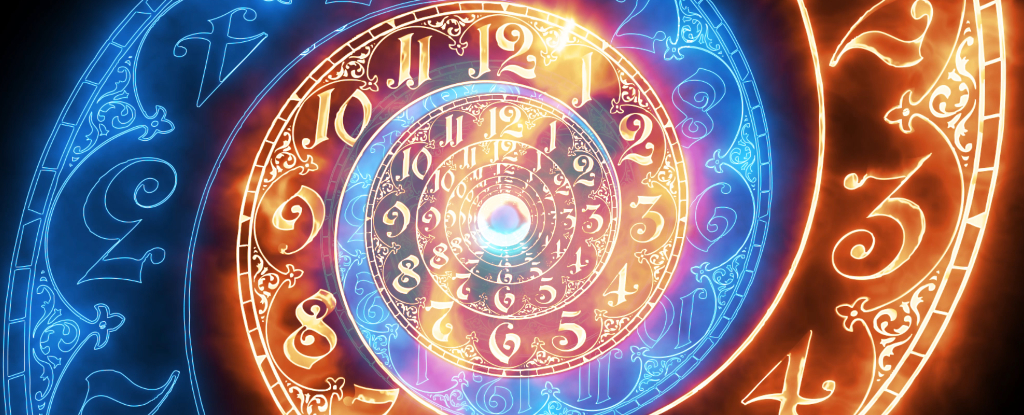Ok, so I promised some insight on the new measurement we just published (meaning that it is now of public domain) of the probability of producing a pair of top quarks in a proton-antiproton collision, that is, the production
cross section for that process.
First of all, why is it important to measure that quantity ? Why can’t we live happily ignoring it ?
The reason for measuring the rate of processes mediated by the strong interaction (the one that keeps the proton and the neutron together inside nuclei) is that while we do know a lot about the strong interaction, we do not know all, and there is still a large uncertainty in several details about the theory. For instance, we do not know exactly how the proton is composed of quarks.
We know a proton contains three valence quarks, plus a “sea” of quark-antiquark pairs and gluons that do not contribute net electric charge nor net color charge nor other properties, but that do matter when you probe the proton by smashing it against its peers. Yet, we do not know with precision how these bodies inside the proton share the energy of the proton. There are some functions which help us parametrize the internal structure of the proton: they are called structure functions. Well, QCD (quantum chromodynamics, the theory of the strong interaction) is unable to compute the structure functions from first principles, so we have to measure them. And we measure them by measuring the rate of processes occurring when we collide protons against antiprotons, for instance. By knowing their value precisely, we test QCD and get a handle to improve it.
But actually, the rate of production of top quarks at the Tevatron tells us little about the structure functions that we do not know about, because it is mostly valence quarks that collide to produce that process, and we know much better the structure functions of valence quarks than we know the rest. What the measurement of the production cross section tells us is, by comparing it to QCD predictions, just how good we are at computing quantities with QCD, in a range of energies where the theory does produce predictions.
There is more to it. By showing that we measure the top production rate, we demonstrate to ourselves that we understand the data, and thus we can look for other processes in the same dataset: rarer ones, that we have not seen before, and that might break ground in our understanding of the subnuclear physical world.

Ok. So much for explaining why a top cross section measurement is important. But I still have to explain the plot I posted above. In the plot you see experimental data (black points with error bars) binned in a histogram of the number of jets found in the candidate events (the abscissa).
A jet is a collimated stream of particles that are produced when a quark or a gluon is kicked off from a proton, or when a heavy particle such as a W boson decays in a pair of quarks. Quarks and gluons cannot live free, and they dress up by creating a stream of particles.
We expect top quark pairs to decay yielding lots of jets, so the signal sits at a large value of the abscissa, N>=4 jets. In the plot, you see the number of events with a given number of jets observed by CDF in their dataset, after a careful selection, compared to the expected background contribution (in grey) and to the sum of background and top pair production signal (the red line), for a measured cross section of 5.9 picobarns, the value we measure with the data. Of course, the sum of background and signal fits the data points much better than the background alone does, which is a strong indication that the signal is there. The plot also shows the 3-jet bin, where we expect no top signal: the coincidence of observed number of events with 3 jets and expected background there is a good demonstration that we understand our background rate.







Leave a Comment